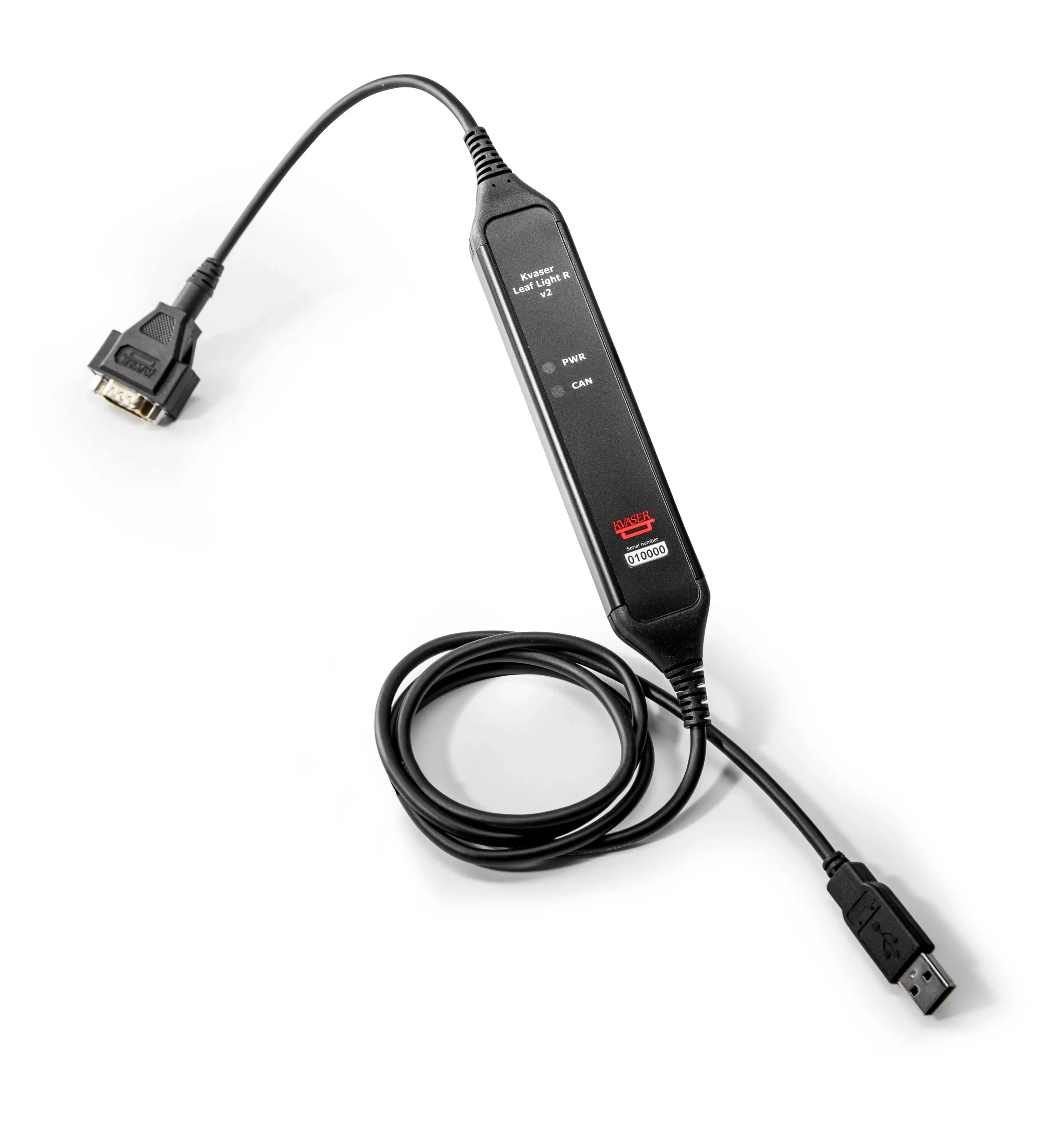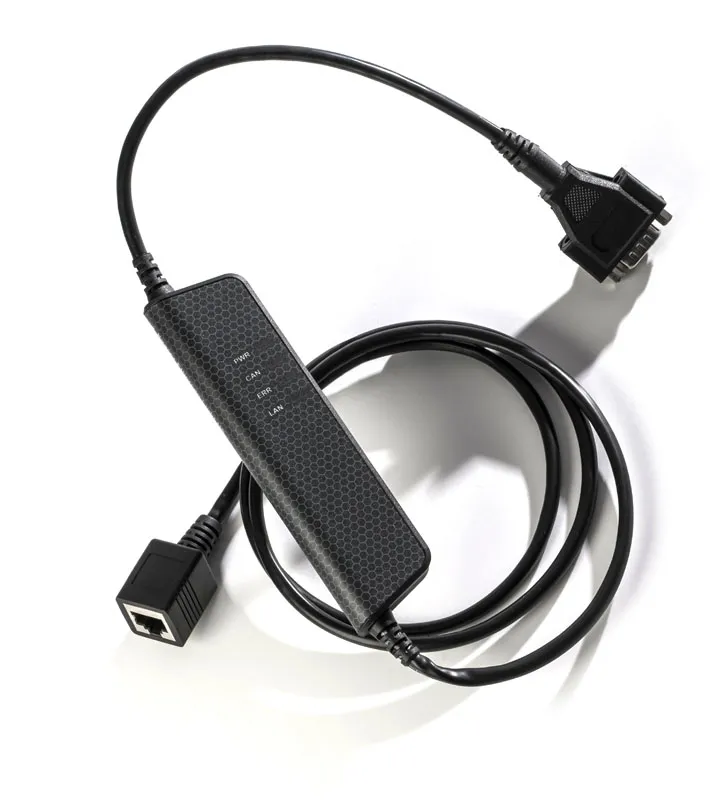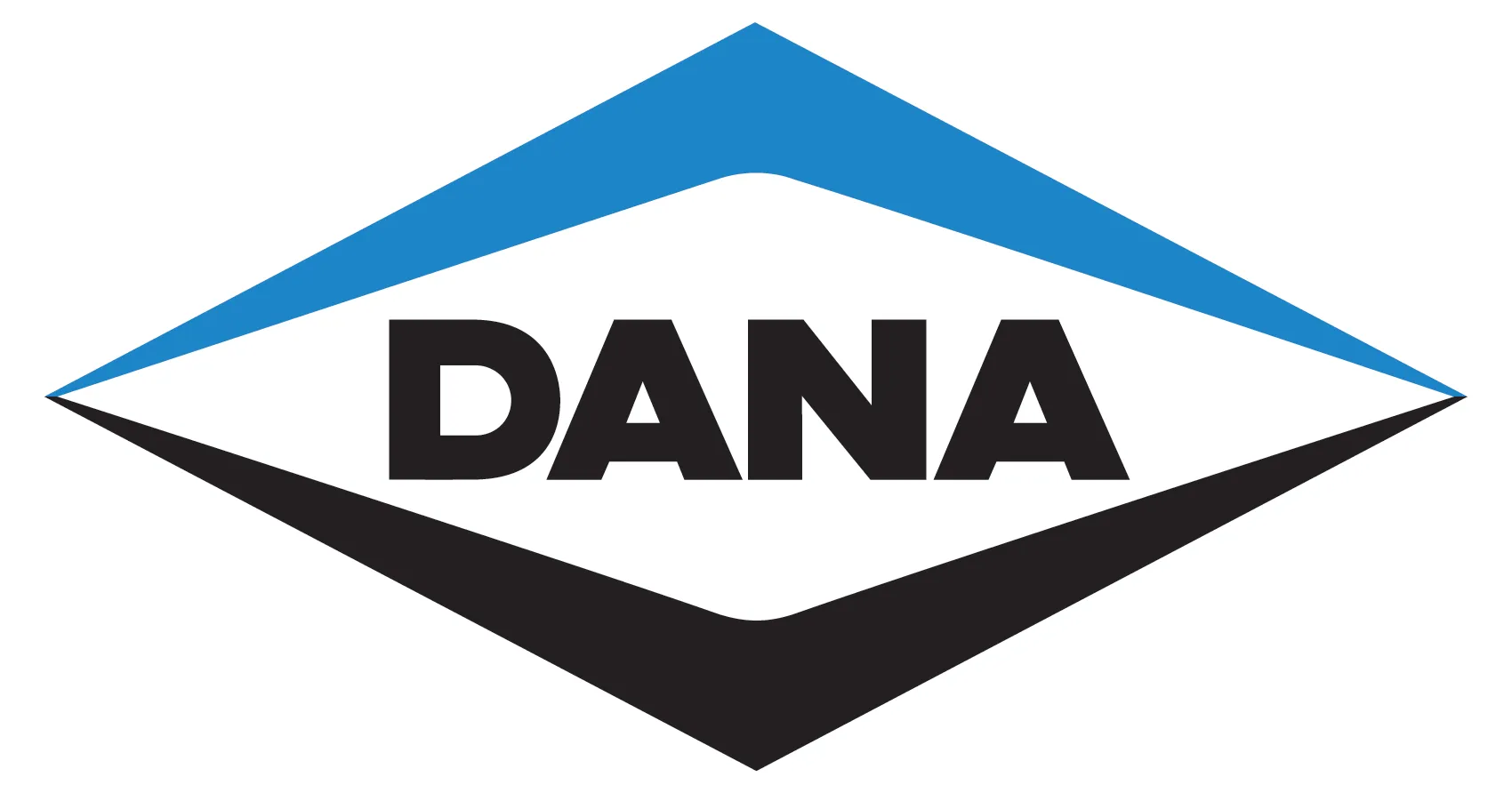Battery Management Systems
Battery Management Systems (BMS) are used to monitor and control battery banks used in many industries. With a dominance of Lithium Ion (Li-Ion) batteries in most energy storage applications, BMS have become the critical enabler, from both a functionality and safety perspective.
Several communications protocols are used in BMS, including Modbus and Ethernet, but as the de facto standard in automotive communication networks, it is no surprise that the battery management industry has turned to the Controller Area Network (CAN) to link individual battery monitoring modules and the stack controller and power interface in many instances. Like other complex embedded systems, CAN’s extreme robustness, real-time performance, fault tolerance and noise immunity, make CAN a network of choice for many energy storage applications.
Battery Management Systems serve two main industrial segments:
Electric Vehicles
Electric Vehicles, which includes electric cars, trucks, and non-road type vehicles such as golf carts, as well as electric-powered machinery such as fork lifts. Typically, battery banks within the forklift, car and bus, communicate with the Battery Control Module using CAN.
Grid Power Infrastructure
Grid Power infrastructure where battery banks are used for backup power or to protect from power fluctuations on the grid. Applications include cell phone towers, A/C power substations, Internet infrastructure equipment, aviation ground support systems, tower communications and weather stations, plus Distributed Energy Resources. The latter application is a sizeable industry itself, encompassing solar and wind-generating plants.
Kvaser’s CAN interfaces and dataloggers are well suited for use in Battery Management System (BMS) development and testing. As we see in other industries, the ability to measure and gather CAN data in a cost-effective way, transmit that data for monitoring and analysis, and make control decisions and predictions based on the data, is creating efficiencies from earlier failure detection and prediction, and lower maintenance costs through monitoring and automation. The ability to monitor the physical condition and the state of charge on many batteries throughout a system creates opportunities to improve system performance and reduce cost to the industries that use them.
All Kvaser’s CAN interfaces and dataloggers are designed for automotive and commercial vehicle use and are compatible with other industry-specific specifications, such as NMEA 2000®, J1939, CANopen, and DeviceNet. Look out for our Rugged product range, which are designed for use in harsh environments, including those susceptible to water ingress.
Related Articles








